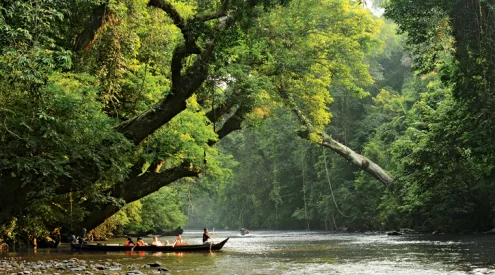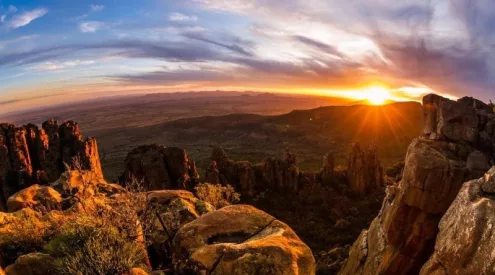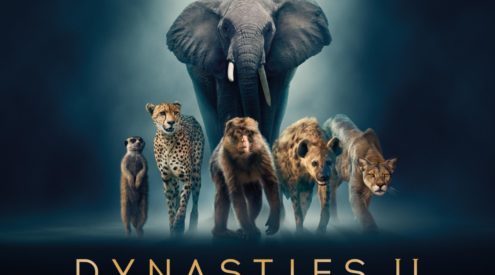I’ve had a day of mental and emotional gymnastics (as opposed to yesterday, when it was all physical with the bungi jump and gorge swing!).
This morning I went on an elephant ride, which threw up a whole lot of thoughts and debates and dilemmas – both personal and commercial.
Then this afternoon I went on a lion encounter just outside Vic Falls with African Encounter. This operator funds and runs a research program called African Lion and Environmental Research Trust (ALERT), which aims to breed lions ethically, and release them into the wild eventually.
There’s indisputable evidence that the number of lions in Africa has fallen 80 to 90% in the last 30 years. Think about that. There were approximately 200 000 lions on the continent in 1975 (when I was born, incidentally). Now there are only around 30 000, with the lowest estimate at 16 500. I don’t know about you, but I’m massively ashamed of my generation for being responsible for what’s happened to these symbols of Africa on our watch.
Can you imagine not being able to see a lion in the wild? Personally, if I ever live in a world in which lions don’t have free reign over their territory, then I don’t see much point in the human race. We will be diminished in soul and mind if we get to that stage…
So the lion encounter was again a bitter-sweet experience. On the one hand, I loved it. Wow! That is the only way to describe what it’s like to stand next to a 17-month old lion, on the threshold of adulthood, a 100 kilogram specimen that – if it wanted to – would have smacked all 8 of our group down in quick succession with it’s dinner-plate sized paws and razor-sharp claws.
Yet, because the two lions we walked with were well-fed, and had been habituated to humans (yet are still wild), they humoured our pathetic human frames. We got to walk for about 45 minutes with them – a male and a female, named Kosey and Kanu. We got to stroke them (carefully, of course). And we got a sense of what a tasty meal we would make for them…they were completely nonchalant in our company, almost dismissive of our presence…but when they made eye-contact with me, I knew I was number two on the food chain. (I dare you to look into a lion’s stare and not be intimidated. It’s impossible, I am sure).
These specific lions we walked with are about to leave stage 1 of the breeding program (now that they’re almost 18 months old), and go into stage 2, where they are left alone in a 500 hectare enclosure with other lions. Here they will learn to live in a pride with other lions, and learn to hunt game on their own. Then they move onto stage 3, where they live in a much larger area, and start breeding. The wild offspring from stage 3 are then released into the wild when they are ready.
It’s a long process, and one that hasn’t been proven to work yet. The guys at African Encounter are determined to see it work – other breeding programs have failed because of the intricate social system that lions live in. You can’t simply breed a lion in a zoo, then release it into the wild where it has to compete, interact and breed within a pride. More often than not, such a lion will get killed quickly.
ALERT is in some financial difficulty – and the lion walks generate funds for the research program. So again, we humans have made these proud creatures work for their survival…like the elephant walks. But this is the reality, and it won’t go away. So – if ALERT is doing what they say they are doing – then they are to be commended. And Wild Horizons, with their ethical stance on ellies, endorse the ALERT lion walks, so I’m reasonably comfortable that it’s being run correctly.

















